Legionnaires' disease
Mareike Müller is a freelance writer in the medical department and assistant doctor for neurosurgery in Düsseldorf. She studied human medicine in Magdeburg and gained a lot of practical medical experience during her stays abroad on four different continents.
More about the experts All content is checked by medical journalists.Legionnaires' disease (legionellosis or Legionella pneumonia) is a severe form of pneumonia caused by certain bacteria. Patients develop a high fever and flu-like symptoms. Legionnaires' disease is widespread worldwide and mainly affects adults with weakened immune systems who are infected through contaminated water systems. Many patients can be helped with antibiotic therapy. Here you can read everything you need to know about Legionnaires' disease!
ICD codes for this disease: ICD codes are internationally recognized codes for medical diagnoses. They can be found, for example, in doctor's letters or on certificates of incapacity for work. A48

Legionnaires' disease: description
Legionnaires' disease is a feverish infection caused by certain bacteria - so-called legionella. It leads to pneumonia with additional flu-like symptoms. Legionnaires 'disease was first diagnosed in 1976 when some of the attendees at a war veterans' meeting in Philadelphia fell ill with atypical pneumonia.
Mainly older, chronically ill people with a weakened immune system suffer from Legionnaires' disease. Patients who receive therapy that suppresses the immune system (e.g. chemotherapy or cortisone therapy) are also particularly at risk. Overall, more men than women develop Legionnaires' disease, especially from the age of 50.
Frequency of Legionnaires' Disease
All cases of Legionnaires' disease must be reported to the responsible health department. In Germany, around 6,000 to 10,000 cases of illness are registered every year. However, experts assume that the number of unreported cases is significantly higher, as not every Legionnaires' disease is recognized as such. It is often confused with other and much more common forms of pneumonia - Legionnaires' disease only accounts for two to four percent of all pneumonia.
Legionnaires' disease is widespread worldwide and appears either as a single case of illness (sporadic) or several people are infected at the same time (epidemic).
Legionnaires' disease: symptoms
After infection with the causative bacteria, it usually takes two to ten days (incubation period) before the first symptoms of the disease become noticeable: Legionnaires' disease generally begins with limb pain, headache and cough. Additional initial symptoms are often nausea and abdominal pain with watery diarrhea and vomiting. These first signs of legionnaires' disease can also be missing. Instead, the disease sometimes starts with a sudden high fever, which can rise quickly to 40 ° C and is accompanied by chills and other symptoms of pneumonia:
This atypical pneumonia (atypical because it is not caused by common pathogens such as pneumococci) is the most important characteristic of Legionnaires' disease. Patients have a cough that is initially dry and later with severe expectoration. The sputum can be green, yellow, brown or rust-colored. In addition, the patients suffer from shortness of breath (which is why they breathe quickly and hard). The lack of oxygen supply can be noticed by a bluish discoloration of the lips and nail beds (cyanosis). In addition, the patients have an inflammation of the lung or larynx.
Differentiation from Pontiac fever
A distinction must be made between Legionnaires' disease and Pontiac fever, which is triggered by the same bacteria. In contrast to Legionnaires' disease, Pontiac fever only has flu-like symptoms without pneumonia. Other differences: The incubation period is only one to three days, and the infection is generally more harmless than with Legionnaires' disease.
Legionnaires' disease: causes and risk factors
Legionnaires' disease is caused by an infection with bacteria of the Legionella genus. These are common worldwide and live in warm fresh water, drinking water systems, air conditioning systems and humidifiers. They multiply within single cells at water temperatures between 20 and 55 ° C.
People become infected with legionnaires' disease pathogens when they inhale water vapor in which the bacteria are located. This happens, for example, when showering. There is no known human-to-human transmission.
Risk factors
Patients suffering from a chronic illness or whose immune system is weakened are particularly susceptible to Legionnaires' disease. The same applies to patients whose immune system has been weakened by chemotherapy or cortisone therapy. Diabetes, alcohol and smoking are also among the risk factors for Legionnaires' disease.
Legionnaires' disease: examinations and diagnosis
The medical history (anamnesis) is important for the diagnosis of Legionnaires' disease. The doctor will prepare this in a detailed discussion with you. Among other things, he will ask more about your complaints. He will also ask you questions that could provide information about the possible causes. If, for example, pneumonia developed shortly after a trip with a hotel stay, then Legionnaires' disease is suspected. Even if other people in your area are sick, this may speak in favor of legionnaires' disease.
The interview will be followed by a physical exam. Among other things, the doctor will listen to your lungs (pronounced knocking noise attenuation is typical) and look into your mouth and throat. An X-ray examination of the lungs is also important. Changes in the lung tissue that are visible on the images confirm the suspicion of pneumonia.
However, what is causing this cannot be assessed on the basis of the X-ray images. Instead, a pathogen detection is required - in patient samples, possible pathogens are searched for. Urine, blood and secretions from the respiratory tract (sputum) can be used as sample material. The detection of Legionella in the urine is most suitable for Legionnaires' disease. This is positive as early as 24 hours after infection.
Antibodies against Legionella can only be detected in a blood sample after up to two weeks. This examination is therefore of no importance in the acute diagnosis of Legionnaires' disease. Growing the pathogens (bacterial culture) from blood or tissue samples from the lungs also takes several days.
Legionnaires' disease: treatment
Legionnaires' disease must be treated with antibiotics at an early stage in order to avoid life-threatening complications as far as possible (see below: Course of the disease & prognosis). Macrolides like azithromycin are most effective here. Fluoroquinolones such as levofloxacin also work well. In order for the antibiotics to take effect quickly, they are first given as a syringe directly into the bloodstream. After three days, I switch to antibiotic tablets. Legionnaires' disease is treated with antibiotics for a total of three weeks.
To treat flu-like symptoms such as fever and body aches, anti-inflammatory and fever-lowering pain relievers such as paracetamol can be used.
Pontiac fever, which occurs without pneumonia, usually heals without antibiotic therapy.
Legionnaires' disease: disease course and prognosis
Various factors influence the course and prognosis of people with Legionnaires' disease - including the general condition of the patient, any underlying diseases and the stage of the disease at the time of diagnosis. For example, in previously completely healthy people, the mortality rate is only up to ten percent. In patients who have previously suffered from heart or lung diseases, however, legionellosis is fatal in 80 percent of cases. In principle, the following applies in all cases: the sooner the Legionnaires' disease is properly treated, the better.
Possible complications
If, on the other hand, the disease is not treated at all, incorrectly (i.e. with the wrong medication) or treated too late, there is a risk of complications. The bacteria can then spread through the body. For example, they can damage the digestive tract, kidneys and nervous system and ultimately lead to death from suffocation. Specifically, the following complications are possible with Legionnaires' disease:
- Acute lung failure: In rare cases, acute lung failure develops with blood poisoning and decreased blood clotting. Other organs can fail at the same time. The chances of survival for those affected are slim.
- Inflammation of the brain (encephalitis): It is another possible complication of legionellosis and can spread to the meninges (meningitis) and the spinal cord (myelitis). Common symptoms are impaired consciousness, drowsiness, and confusion. If the therapy is successful, the inflammation usually heals without any consequences.
- Legionella infection of other organs: In addition to the lungs, Legionella only very rarely affects other organs - most likely the heart and kidneys. In most cases, this happens to patients in the hospital, for example through contaminated surgical wounds or supply hoses. Such organ involvement outside the lungs is often very problematic.
Pontiac fever has a good prognosis. So far, there are no known deaths from this type of Legionella infection.
Legionella infection does not leave permanent immunity. The antibodies that form during the disease will disappear over time. Therefore, it is possible to get Legionnaires' disease again later.
Legionnaires' disease: prevention
You can prevent Legionnaires' disease by protecting yourself from the pathogens. Since the Legionella can be found and multiply in warm fresh water, hot water systems must be serviced regularly.
The germs multiply at water temperatures of 20 to 55 ° C - especially when the water is not moving. Therefore, in hotels, for example, you should let the water run through hot for a few minutes before using the shower for the first time. When doing this, leave the bath so as not to inhale any bacteria that may be present with the water vapor. If the water temperature is below 20 ° C, the legionella do not multiply and from a temperature of 70 ° C they die. Legionella are also sensitive to chlorine.
As a further measure to protect against Legionnaires' disease, inhalers and humidifiers should be cleaned regularly and stored in a dry place if they are not used for a long time.
Tags: organ systems stress healthy workplace

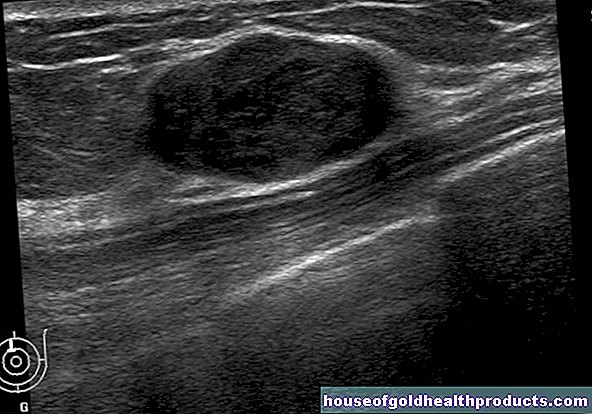


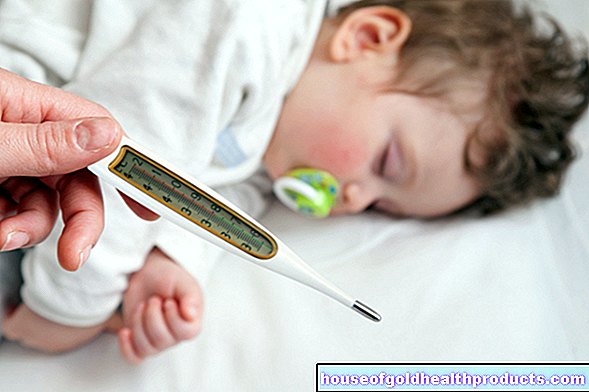

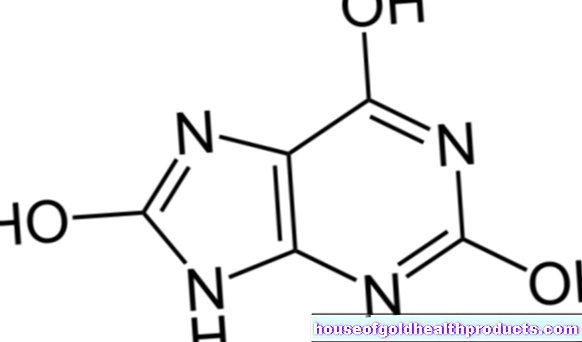




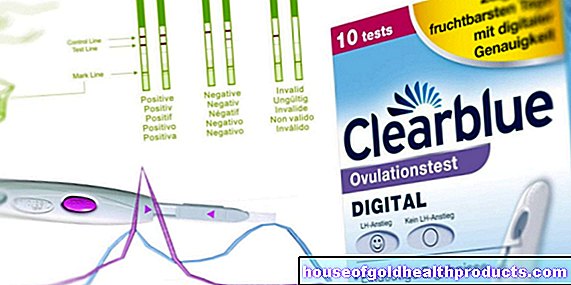



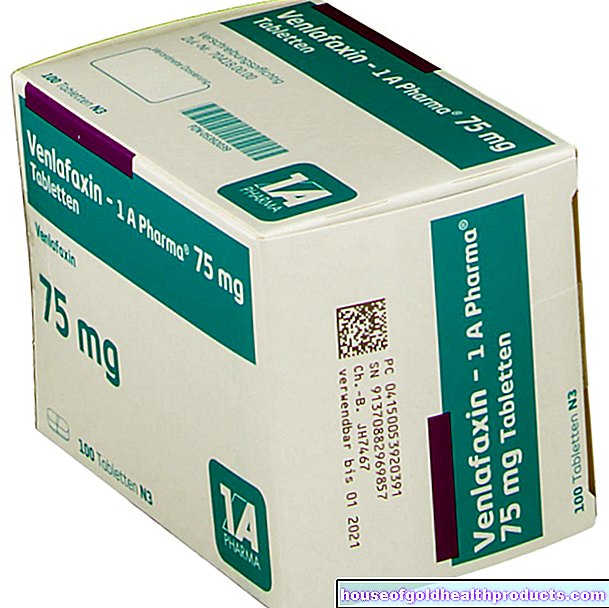








.jpg)




